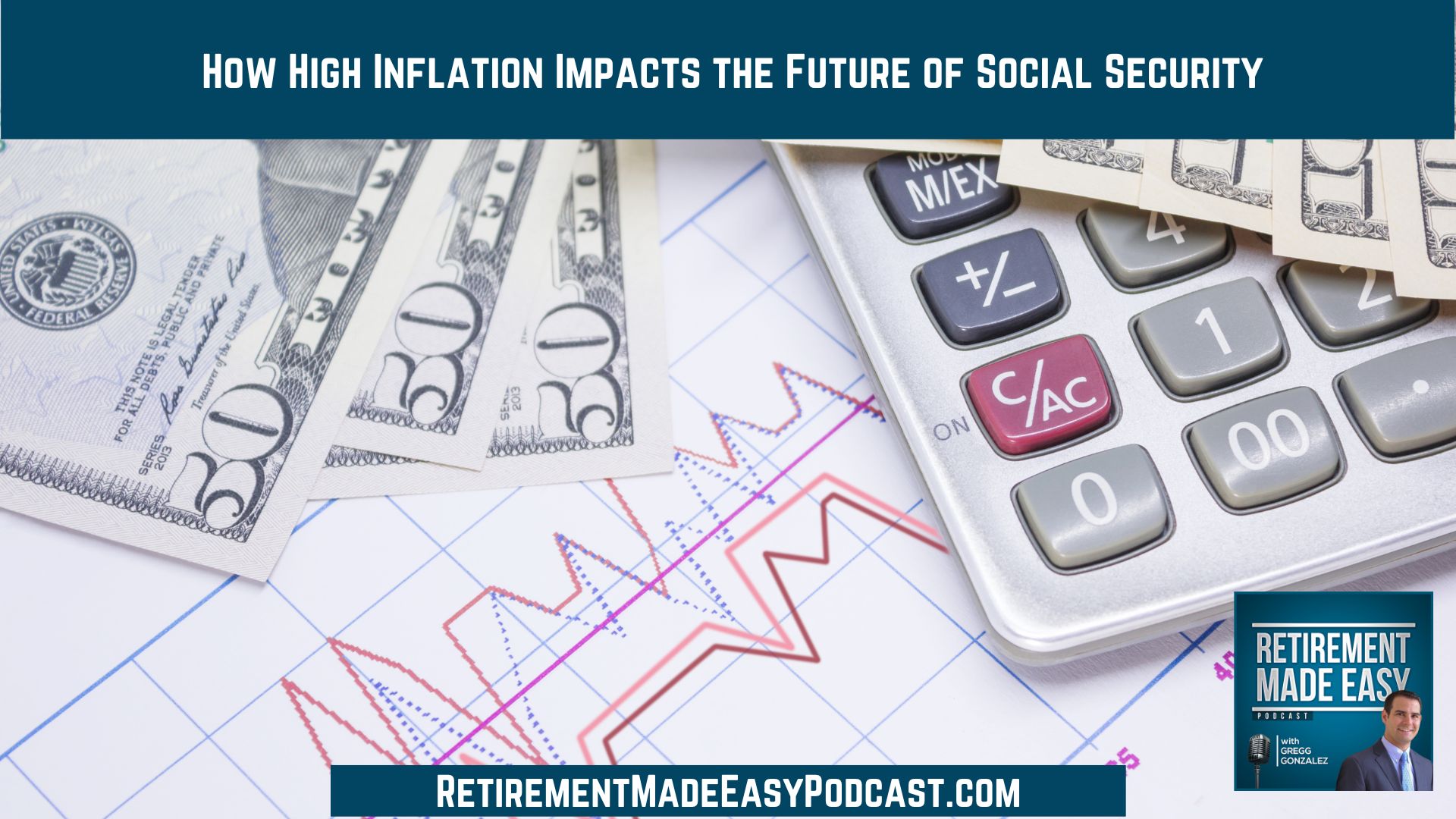
In October of every year, the Social Security Administration announces the cost of living adjustment for recipients starting that will go into effect in January the following year. So when they announce it in 2022, it will go into effect in January of 2023.
Last October, they announced that the cost-of-living adjustment was 5.9%. The number they land on depends on their calculation of inflation at that time. I imagine that the adjustment they land on will be higher than last year. I’m estimating it to be somewhere between 7–9%.
While this means that Social Security recipients will see an increase in their benefits, it will negatively impact what they will receive in the future. How? Learn more in this episode of the Retirement Made Easy podcast.
You will want to hear this episode if you are interested in…
- [1:02] Submit your questions at RetirementMadeEasyPodcast.com
- [2:02] Three steps to take to create your dream retirement
- [4:36] Don’t forget that Medicare Part B impacts your Social Security Benefit
- [7:10] How inflation impacts the average person’s benefits
- [10:38] How the income cap on FICA taxes will impact the trust fund
- [13:23] Why the cost-of-living adjustment is a double-edged sword
Don’t forget that Medicare Part B impacts your Social Security Benefit
Medicare Part B will be announced in November. In 2021, it went from $145 a month to $170 a month—a 14.5% increase—for the lowest earners. When you’re looking at your Social Security statement and it says your benefit is $1,200—don’t forget that Medicare Part B is deducted from your benefits. It’s automatically withdrawn once you turn 65. So if you started with $1,200 a month you’d end up with $1,030 remaining. Your Social Security benefit estimates are NOT the number you’ll actually receive.
How inflation impacts the average person’s benefits
As of April 2022, according to the Social Security Administration, the average retirement benefit is about $1,620 a month. If the average person is 65 and Medicare deducts $170, that leaves $1,450 a month. If the average person has a Medicare supplement plan—which costs an average of $150 a month—they’re down to $1,300 a month.
If this person doesn’t have a pension, doesn’t have part-time income, and doesn’t have retirement savings to supplement their social security income, $1,300 a month is tight. That’s why retirees are getting squeezed by high inflation. By 2035, if we make no changes to the social security trust fund, it will only be able to pay out 75 cents on the dollar.
The higher the cost-of-living adjustment, the more social security recipients will be getting, which will further shrink the trust fund—sooner than expected. Benefits will likely be cut by 25% sooner. Congress needs to fix this. 70 million Baby Boomers are counting on this money. We can’t reduce their income by 25%.
How the income cap on FICA taxes will impact the trust fund
You pay 6.2% of your earnings—up to $147,000—to Social Security (the FICA tax). Your employer is paying another 6.2% on that $147,000. What does this mean for you? If you make $400,000, you’re only paying taxes on the first $147,000. You don’t pay into social security for any dollar above that.
I’m concerned about the social security trust remaining solvent. When people get a Social Security raise because of inflation, it puts more stress on the Social security trust fund. More money is going out than coming in, and it’s only expected to increase.
If the cost of living is increasing 8–10%, more people need to be paying into Social Security. The easy solution? I share my thoughts in this episode. Give it a listen!
Resources & People Mentioned
Connect With Gregg Gonzalez
- Email at: Gregg@RetireSTL.com
- Podcast: https://RetirementMadeEasyPodcast.com
- Website: https://StLouisFinancialAdvisor.com
- Follow Gregg on LinkedIn
- Follow Gregg on Facebook
- Follow Gregg on YouTube



